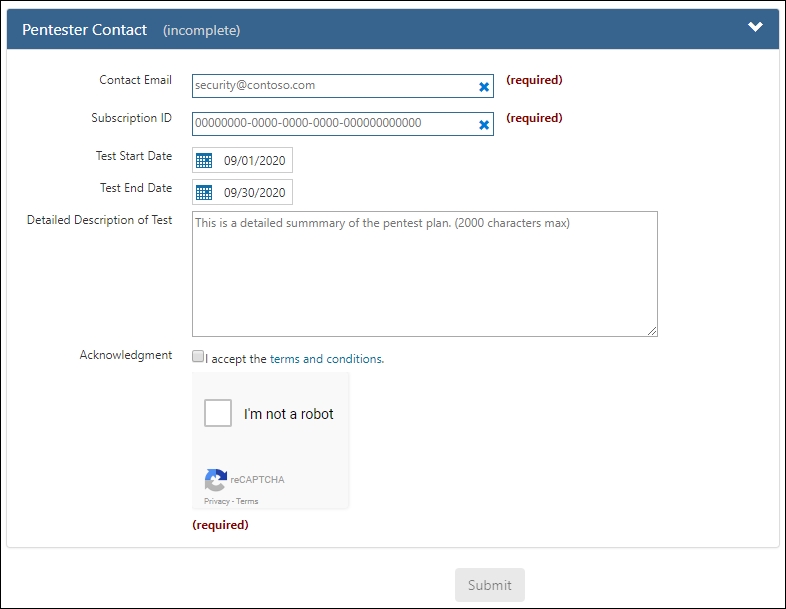When conducting assessments, it is common for an attacker to leverage command and control (C2) servers during a campaign. The purpose of most C2 servers is to issue commands to malware running inside the compromised environment.
Attackers can instruct malware to exfiltrate data, start a keylogger, execute arbitrary commands or shellcode, and much more. In later chapters, we will primarily use the cloud C2 server to exfiltrate data and to discover vulnerabilities out-of-band.
A C2 server, being accessible from anywhere, is versatile in any engagement. The cloud is the perfect location to host C2 infrastructure. It allows quick and programmable deployments that can be accessed from anywhere in the world. Some cloud providers will even support HTTPS, allowing for the quick spin up of a C2 without having to worry about purchasing and managing domains or certificates.
The popular choice for penetration testers is Amazon Web Services (AWS), a leader in the cloud space. Its services are fairly inexpensive and it offers an introductory free tier option.
Other viable cloud providers include the following:
- Microsoft Azure: https://portal.azure.com
- Google Cloud Platform: https://cloud.google.com
- DigitalOcean: https://www.digitalocean.com
- Linode: https://www.linode.com
Microsoft's Azure has a software as a service (SaaS) free tier feature that lets you deploy C2 automatically from a GitHub repository. It also provides HTTPS support out of the box, making it easier to hide C2 data from prying eyes and enabling it to blend in with normal user traffic.
Cloud internet service providers (ISPs) should have a form available for you to fill out that will detail an upcoming penetration test on their infrastructure. A testing window and contact information will likely need to be provided.
Whether we are using the cloud to house a C2 for an engagement or attacking applications hosted in the cloud, we should always notify the client of penetration testing - related activity.

Figure 1.7: A typical penetration test notification form
